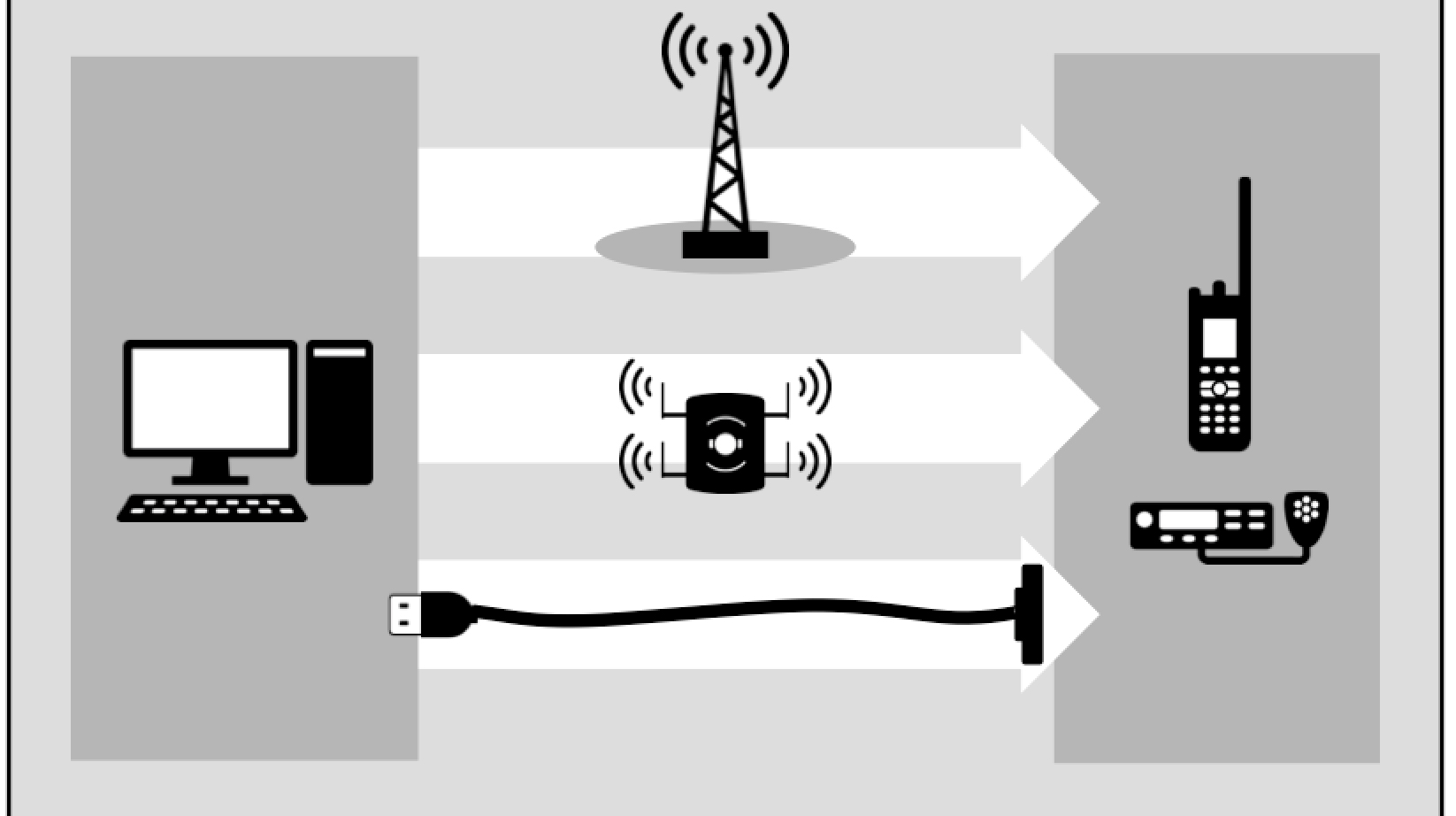*The following story was published verbatim in The Australian newspaper on 13th Nov. 2020.
 The highly anticipated final report from the Royal Commission into Natural Disasters, of which all recommendations were accepted by the Government, highlighted many ways that technology can help to protect our communities from bushfires and other natural disasters.
The highly anticipated final report from the Royal Commission into Natural Disasters, of which all recommendations were accepted by the Government, highlighted many ways that technology can help to protect our communities from bushfires and other natural disasters.
The Commission’s final report highlighted that robust, mission-critical communications including land mobile radio (LMR) remains the most reliable technology for public safety agencies. Additionally, it stated that increasing LMR’s interoperability between responding agencies and beyond state borders will further enhance the capabilities and safety of first responders.
The report also examined what public safety mobile broadband can do to further enhance emergency communications, better equipping fire agencies and other emergency services in Australia to safely combat major crises.
In all circumstances and in all countries around the world, LMR has proven to be the most resilient, reliable and secure technology to withstand the impacts of natural disasters including bushfires.
As fires travel across state lines, the need for multiple emergency services organizations to communicate across different jurisdictions is paramount. Just as public safety agencies operate in each state, radio networks are also deployed on a state-by-state basis.
While those networks do provide limited interoperability today, new solutions are developing rapidly to deliver advanced, cloud-based capabilities to link disparate communication networks together. This helps to give our public safety agencies greater control of their mission critical communication when they need it most.
Increasingly, voice communication is being augmented with rich data sets that leverage data analytics and AI to share more information with the frontline.
This helps to build a more complete picture of real-time incident management as an event unfolds, ensuring first responders can receive timely and relevant information to make better and faster decisions in times of emergency.
For example, drones – which have already shown huge potential in bushfire recovery – can be used to deliver live video streaming from fire grounds in practical and cost-effective ways that reduce the risk of harm to first responders. They can act as the ‘first’ first responders – in other words, creating eyes on the scene to show the patterns, spread and speed of fires before sending in any human resources.
After a fire event has occurred, drones can also help to evaluate damage and determine priorities for recovery while providing valuable intelligence for the wider community.
The Commission’s report also gave voice to the desire of our nation’s emergency services to have a national public safety mobile broadband (PSMB) capability.
Motorola Solutions has long advocated for a PSMB strategy for Australia that enables the fusion of both LMR and broadband technologies to deliver the most robust communications platform for emergency response.
This would help to improve operational efficiency and safety for first responders in Australia through the combined use of video, images, voice communication and other forms of data in the field.
As mobile broadband technologies continue to develop and Australia advances its broader digital agenda, it’s vital that the development of PSMB leverages the investments that have already been made in mission critical communications infrastructure by the states and territories.
Australia’s size and diverse geographical environment prohibits any one communication technology from being able to meet all the requirements of public safety agencies.
Those requirements include the need for expansive coverage, high levels of reliability and availability, robust network infrastructure as well as the ability to transmit high speed data in practical and economically viable ways.
Collaboration between industry, the scientific community and government is needed to ensure a strategic national approach is delivered to protect all Australian communities and first responders.
This will enable Australia to confidently make the best investments in innovative technologies that maximize the use of the data sources that surround us. Over time, it will also enable us to leverage the power of AI and sophisticated analytics to help predict and even prevent bushfires.
By working closely with governments and the public safety sector in Australia, I’m pleased to see the Commission’s final report outlining practical ways to enhance the work and safety of first responders and public safety agencies.
The best way for us to support those responders who put themselves in harm’s way is by ensuring the right level of industry engagement, support and collaboration goes into meeting the recommendations of this report.




